Given
at the end of the post is the abstract of and links to a recent genetic
study that establishes (once again) that India had served as an
incubator for very long for the growth of populations and that they have
moved to Northern parts through north India. From the literary
accounts of our Ithihasas, we can trace such movement out of India at 4
times in the past upto 5000 years ago. They are listed here.
(1)
At the end of the Ice age when the first floods inundated habitations
in the Arabian sea about 13,500 years ago, the people living on the
extended land in the west coast of India split into two, with one of
them entering the Saraswathy river through its mouth in Dwaraka (first
Dwaraka which is now under water. The current Dwaraka is the 7th one,
Bet Dwaraka, the 6th and Dwarka of Krishna was the 5th) and another
group entering the Persian Gulf and reaching Persia.
I am relying on Hancock and Milne's maps for this. Please read this link:
http://www.grahamhancock.com/archive/underworld/AshCF1.php?p=1
I am relying on Hancock and Milne's maps for this. Please read this link:
http://www.grahamhancock.com/archive/underworld/AshCF1.php?p=1
Manu was called as Dravideshwara (Lord of Dravida land) in Srimad Bhagavatham.
Dravida land is identified in the South west part of India between Goa and Gujarat, by Varahamihira in his book Brihad Samhitha. The land shown in the picture below fits into the description.
Dravida land is identified in the South west part of India between Goa and Gujarat, by Varahamihira in his book Brihad Samhitha. The land shown in the picture below fits into the description.
The
picture below shows the way Manu was taken by the floods through the
mouth of the River Saraswathy at Dwaraka - the first Dwaraka which is
now well under the sea.
In the same period Persian Gulf was a land!
There
is every chance that a group of people from the Arabian sea habitat,
entered through Persian Gulf during the first floods after the end of
Ice age and started new life in Persia, Medittaranean etc.
In
the picture below, the pale white area around the present day lands
were once above water. The arrow mark shows Persian Gulf which was a
land before 13,000 years ago according to researches on Inundation and
sea level maps.
The
original name of Persia was Parswa, a Sanskrit word which means left
side. We in India don't take the left course and consider it as
inauspicious. Those who entered the region to the left of Saraswathy
river were considered as un-Vedic and therefore Mlechas. The first birth
of Mleccha- hood of the current era after the end of the Ice age
started then. Those who landed in Persia had the same cultural roots
with those who entered Saraswathy but due to lack of Vedic connection,
those practices degenerated.
(2)
In the times of Sagara, the ancestor of Bhageeratha of Ikshvaku
dynasty, (before the birth of river Ganga), a great war was fought
between the kings of North India and Sagara. The kings were defeated by
Sagara who banished them to Mlechahood. They went to the NW and W of
Indus and perhaps became yavanas, shakas and Paradas, with stipulations
imposed on them to be half tonsured, fully tonsured and growing beard.
These are un-vedic looks. They were made to be so. Thus we find a period
before 10,000 years ago, where another group from Vedic sect left for
the Middle east with memories of Vedic culture. There is no wonder the
Vedic and Sanskrit resemblances stayed in those places which however got
corrupted over time.
(3)Another banishment of people from Vedic India happened when the so-called Arya -dasyu war took place 8000 years ago. This was actually a war for succession among the 5 sons of Yayathi which Max Muller thought was Aryan- Dravidian war. The losers Anu and Druhu were banished to the Middle East and NW of Afghanistan. Ahura Mazda came in this period. I have analysed this in my Tamil blog which I will translate into English some day. These people were truly obsessed for having to leave the Vedic fold. They maintained contact with main land. It was a few hundred years after this, Rama of Dasaratha was born. Rama's name had spread among the freshly banished people of the Middle East that everywhere Rama shabda was heard. Ramases, Ramadan, Ramallah, Ramath, Ramah Romulus, Rhemus etc came to be heard.
(4) The last time a notable migration happened was when the women and other folks of Arjuna's convoy were abducted by Mlechas (from NW of Indus) when they were being escorted to safer areas after the deluge at Dwaraka that followed Krishna's exit. The Mahabharata gives the account of this in Musala parva from which we come to know that Royal women of Krishna and others, some of them pregnant were abducted by the Mlechas.
Darius, the Aryan of the Aryan must have come in the lineage of one such Royal lady abducted from Arjuna's convoy. The presently talked about Susa in Iran also confirm such abductions. Susa is a Sanskrit word which means 'parturient woman'- a woman in labour, about to give birth to a child. Why should they call a place by that name unless some important woman had labour pain on the way of crossing that place? Anyway, traces of Vedic culture stayed with her / them (the abducted women) and their descendants took pride in calling themselves as Aryans!
The copper plate found in that place (Susa) shows a man pouring water to another's hand - which happens only in daanam (gifting something by pouring water) - a Vedic practice. So Susa and its culture were formed when an abducted lady of the Arjuna's clan developed labour pain and delivered a baby there. The group must have settled at that place itself and started a new life.
This plate was found in Susa!
The story of the Iranian Goddess Inanna
of Susa has all the trappings of an abused female who took sweet
revenge on the society of the abductors by introducing a strange cult
such as Sacred prostitution. http://en.wikipedia.org/wiki/Inanna
The recent findings attributing the same period for Susa and Mittani (that
has several Vedic marks) correspond to the settlements of displaced
Dwarakans . Closer home, the findings of images of Krishna at Bactria corresponds to the settlements of dislocated Dwarakans after the deluge that followed Krishna’s exit.
While
a group of women were abducted on the way near Indus, others were moved
along with the course of river Saraswathy . On the way Rukmini, Krishna’s wife died by entering a pyre. But Sathyabhama,
another well known wife of Krishna chose to cross across the Himalayas
to lead a life of seclusion. In all probability she crossed Afghanistan
and settled in Bactria. The descendants of the people who accompanied
her carried the memory of Krishna and Balarama which however degenerated
with time.
Bactrian coins showing Krishna and Balarama.
-Jayasree
********************************************************
From
Indian
diversity. Last genetic nail driven into the AMT-Aryan-Dravidian divide
coffin: (Metspalu, Gyaneshwer Chaubey et al, AJHG, Dec. 2011)
Genetic
study finds no evidence for Aryan Migration Theory--On the contrary,
South Indians migrated to north and South Asians migrated into Eurasia
What geneticists consider a landmark paper has just been published in a highly reputed scientific journal, American Journal of Human Genetics, authored by an international group of geneticists including Metspalu, Gyaneshwer Chaubey, Chandana Basu Mallick (Evolutionary Biology Group in Tartu, Estonia), Ramasamy Pitchappan (Chettinad Academy of Research and Education, Chennai), Lalji Singh, and Kumarasamy Thangaraj (CCMB, Hyderabad). The study is titled: Shared and Unique Components of Human Population Structure and Genome-Wide Signals of Positive Selection in South Asia, The American Journal of Human Genetics (2011), doi:10.1016/j.ajhg.2011.11.010
What geneticists consider a landmark paper has just been published in a highly reputed scientific journal, American Journal of Human Genetics, authored by an international group of geneticists including Metspalu, Gyaneshwer Chaubey, Chandana Basu Mallick (Evolutionary Biology Group in Tartu, Estonia), Ramasamy Pitchappan (Chettinad Academy of Research and Education, Chennai), Lalji Singh, and Kumarasamy Thangaraj (CCMB, Hyderabad). The study is titled: Shared and Unique Components of Human Population Structure and Genome-Wide Signals of Positive Selection in South Asia, The American Journal of Human Genetics (2011), doi:10.1016/j.ajhg.2011.11.010
The study is comprehensive, unlike previous studies of human genome and is unique, because it focuses on large number of populations in South Asia, and India, a region which harbours one of the highest levels of genetic diversity in Eurasia and currently accounts for one sixth of human population in the world.
The study analysed human genetic variation on a sample of 1310 individuals that belong to 112 populations, using new genome-wide data contains more than 600,000 single nucleotide polymorphic sites among 142 samples from 30 ethnic groups of India. The most important scientific findings of the study are:
• South Asian genetic diversity is 2nd in the world, next only to Africa, mainly due to long periods of indigenous development of lineages and with complex population structure where one can see the different caste and tribal populations.
• Two genetic components among Indians are observed: one is restricted to India and explains 50% genetic ancestry of Indian populations , while, the second which spread to West Asia and Caucasus region. Technically called “haplotype diversity”, it is a measure of the origin of the genetic component. The component which spread beyond India has significantly higher haplotype diversity in India than in any other part of world. This is clear proof that this genetic component originated in India and then spread to West Asia and Caucasus. The distribution of two genetic components among Indians clearly indicates that the Aryan-Dravidian division is a myth, Indian population landscape is clearly governed by geography.
• A remarkable finding is that the origin of these components in India is much older than 3500 years which clearly refutes Aryan Invasion theory of the type enunciated by Max Mueller ! The study also found that haplotypic diversity of this ancestry component is much greater than in Europe and the Near East (Iraq, Iran, Middle East) thus pointing to an older age of the component and/or long-term higher effective population size (that is, indigenous evolution of people).
• Haplotype diversity associated with dark green ancestry is greatest in the south of the Indian subcontinent, indicating that the alleles underlying it most likely arose there and spread northwards.
• The study refutes Aryan migrations into India suggested by the German orientalist Max Muller that ca. 3,500 years ago a dramatic migration of Indo-European speakers from Central Asia shaping contemporary South Asian populations, introduction of the Indo-European language family and the caste system in India. A few past studies on mtDNA and Y-chromosome variation have interpreted their results in favor of the hypothesis, whereas others have found no genetic evidence to support it. The present study notes that any migration from Central Asia to South Asia should have introduced readily apparent signals of East Asian ancestry into India. The study finds that this ancestry component is absent from the region. The study, therefore, concludes that if such at all such a dispersal ever took place, it should have occurred 12,500 years ago. On the contrary, there is evidence for East Asian ancestry component reaching Central Asia at a later period.
• India has one of the world’s fastest growing incidence of type 2 diabetes as well as a sizeable number of cases of the metabolic syndrome, both of which have been linked to recent rapid urbanization. The study points to a possible genetic reasons and recommends further researches on four genes – DOKS, MSTN, CLOCK, PPARA – implicated in lipid metabolism and etiology of type 2 diabetes.
Kalyanaraman
Dec. 9, 2011
Shared and Unique Components of Human Population Structure and Genome-Wide Signals of Positive Selection in South Asia
Mait Metspalu1, 2, 13, , , Irene Gallego Romero3, 13, 14, Bayazit Yunusbayev1, 4, 13, Gyaneshwer Chaubey1, Chandana Basu Mallick1, 2, Georgi Hudjashov1, 2, Mari Nelis5, 6, Reedik Mägi7, 8, Ene Metspalu2, Maido Remm7, Ramasamy Pitchappan9, Lalji Singh10, 11, Kumarasamy Thangaraj10, Richard Villems1, 2, 12 and Toomas Kivisild1, 2, 3
1 Evolutionary Biology Group, Estonian Biocentre, 51010 Tartu, Estonia
2 Department of Evolutionary Biology, Institute of Molecular and Cell Biology, University of Tartu, 51010 Tartu, Estonia
3 Department of Biological Anthropology, University of Cambridge, Cambridge CB2 1QH, UK
4 Institute of Biochemistry and Genetics, Ufa Research Center, Russian Academy of Sciences, and the Department of Genetics and Fundamental Medicine, Bashkir State University, 450054 Ufa, Russia
5 Department of Biotechnology, Institute of Molecular and Cell Biology, University of Tartu and Estonian Biocentre, 51010 Tartu, Estonia
6 Department of Genetic Medicine and Development, University of Geneva Medical School, 1211 Geneva, Switzerland
7 Department of Bioinformatics, Institute of Molecular and Cell Biology, University of Tartu, 51010 Tartu, Estonia
8 Genetic and Genomic Epidemiology Unit, Wellcome Trust Centre for Human Genetics, University of Oxford, Oxford OX3 7BN, UK
9 Chettinad Academy of Research and Education, Chettinad Health City, Chennai 603 103, India
10 Centre for Cellular and Molecular Biology, Hyderabad 500 007, India
11 Banaras Hindu University,Varanasi 221 005, India
12 Estonian Academy of Sciences, Tallinn, Estonia
Corresponding author
13 These authors contributed equally to this work
14 Present address: Department of Human Genetics, University of Chicago, 920 E 58th Street, CLSC 317, Chicago, IL 60637, USA
Abstract
South Asia harbors one of the highest levels genetic diversity in Eurasia, which could be interpreted as a result of its long-term large effective population size and of admixture during its complex demographic history. In contrast to Pakistani populations, populations of Indian origin have been underrepresented in previous genomic scans of positive selection and population structure. Here we report data for more than 600,000 SNP markers genotyped in 142 samples from 30 ethnic groups in India. Combining our results with other available genome-wide data, we show that Indian populations are characterized by two major ancestry components, one of which is spread at comparable frequency and haplotype diversity in populations of South and West Asia and the Caucasus. The second component is more restricted to South Asia and accounts for more than 50% of the ancestry in Indian populations. Haplotype diversity associated with these South Asian ancestry components is significantly higher than that of the components dominating the West Eurasian ancestry palette. Modeling of the observed haplotype diversities suggests that both Indian ancestry components are older than the purported Indo-Aryan invasion 3,500 YBP. Consistent with the results of pairwise genetic distances among world regions, Indians share more ancestry signals with West than with East Eurasians. However, compared to Pakistani populations, a higher proportion of their genes show regionally specific signals of high haplotype homozygosity. Among such candidates of positive selection in India are MSTN and DOK5, both of which have potential implications in lipid metabolism and the etiology of type 2 diabetes.
http://www.cell.com/AJHG/abstract/S0002-9297(11)00488-5
Free pdf download full text: http://download.cell.com/AJHG/pdf/PIIS0002929711004885.pdf
Full text with large figures: http://www.cell.com/AJHG/fulltext/S0002-9297(11)00488-5?large_figure=true
Source - Jayasreesaranathan, 9 december 2011











































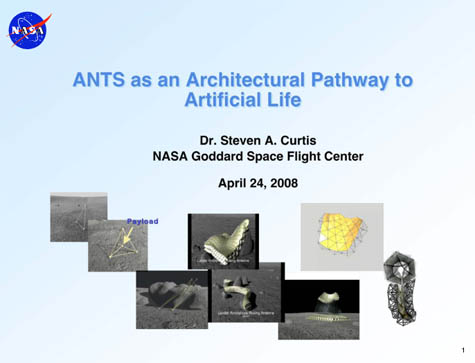 [Image: NASA's
[Image: NASA's 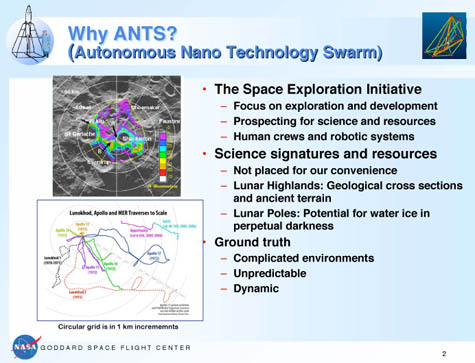
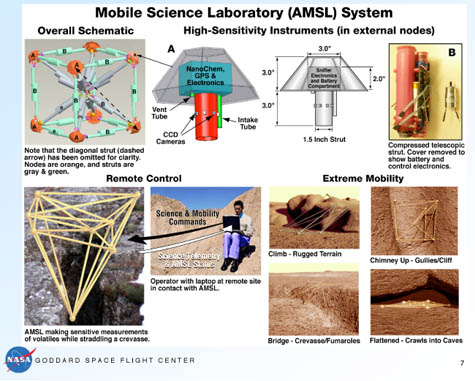 [Images: NASA's
[Images: NASA's 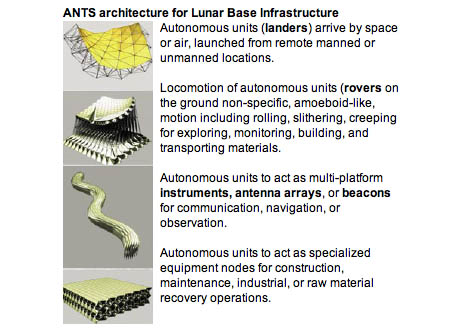 [Image: NASA's
[Image: NASA's  [Image: Ron Herron's Walking City, first proposed in Archigram 4 (1964)].
[Image: Ron Herron's Walking City, first proposed in Archigram 4 (1964)]. [Image: "
[Image: "
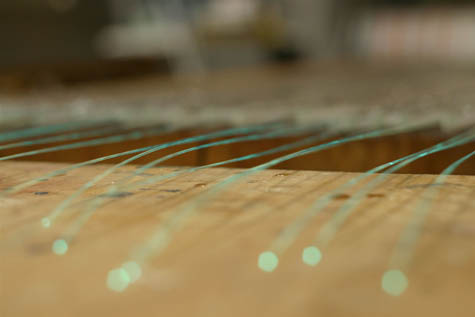 [Images: The muon detector, courtesy of the
[Images: The muon detector, courtesy of the 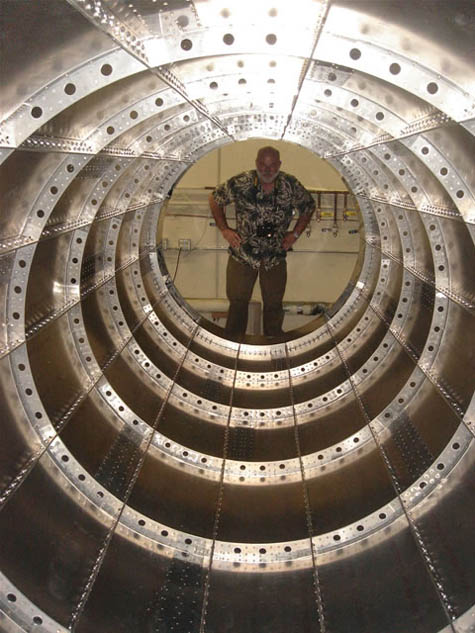 [Image: The muon detector, courtesy of the
[Image: The muon detector, courtesy of the 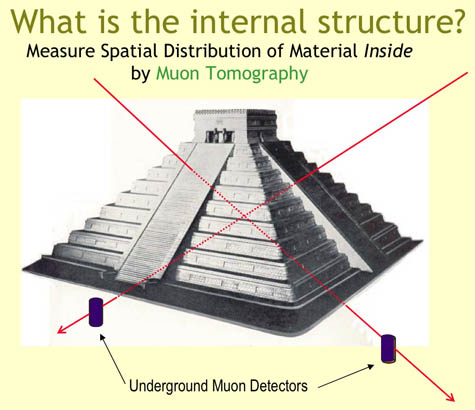 [Image: A diagram of how it all works; from
[Image: A diagram of how it all works; from 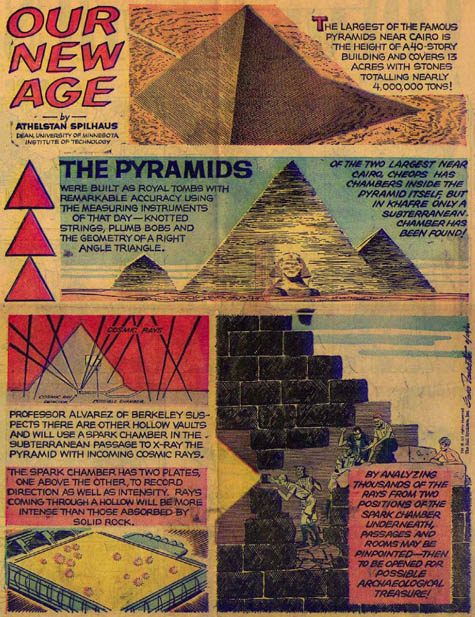 [Image: An illustrated depiction of Luis Alvarez's feat; view
[Image: An illustrated depiction of Luis Alvarez's feat; view  [Image: Wiring up the muon detector, courtesy of the
[Image: Wiring up the muon detector, courtesy of the 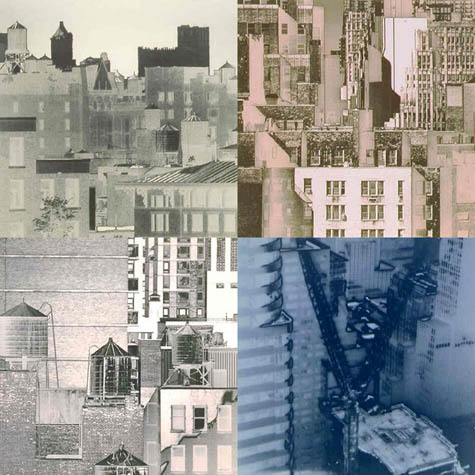 [Images: Four photographs by
[Images: Four photographs by 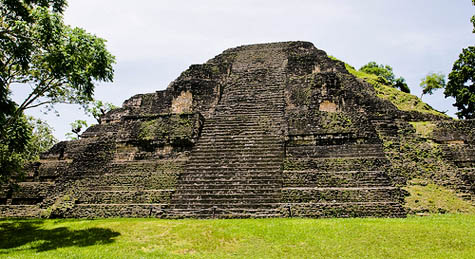
 [Images: Tikal, photographed by
[Images: Tikal, photographed by  [Images: "
[Images: "